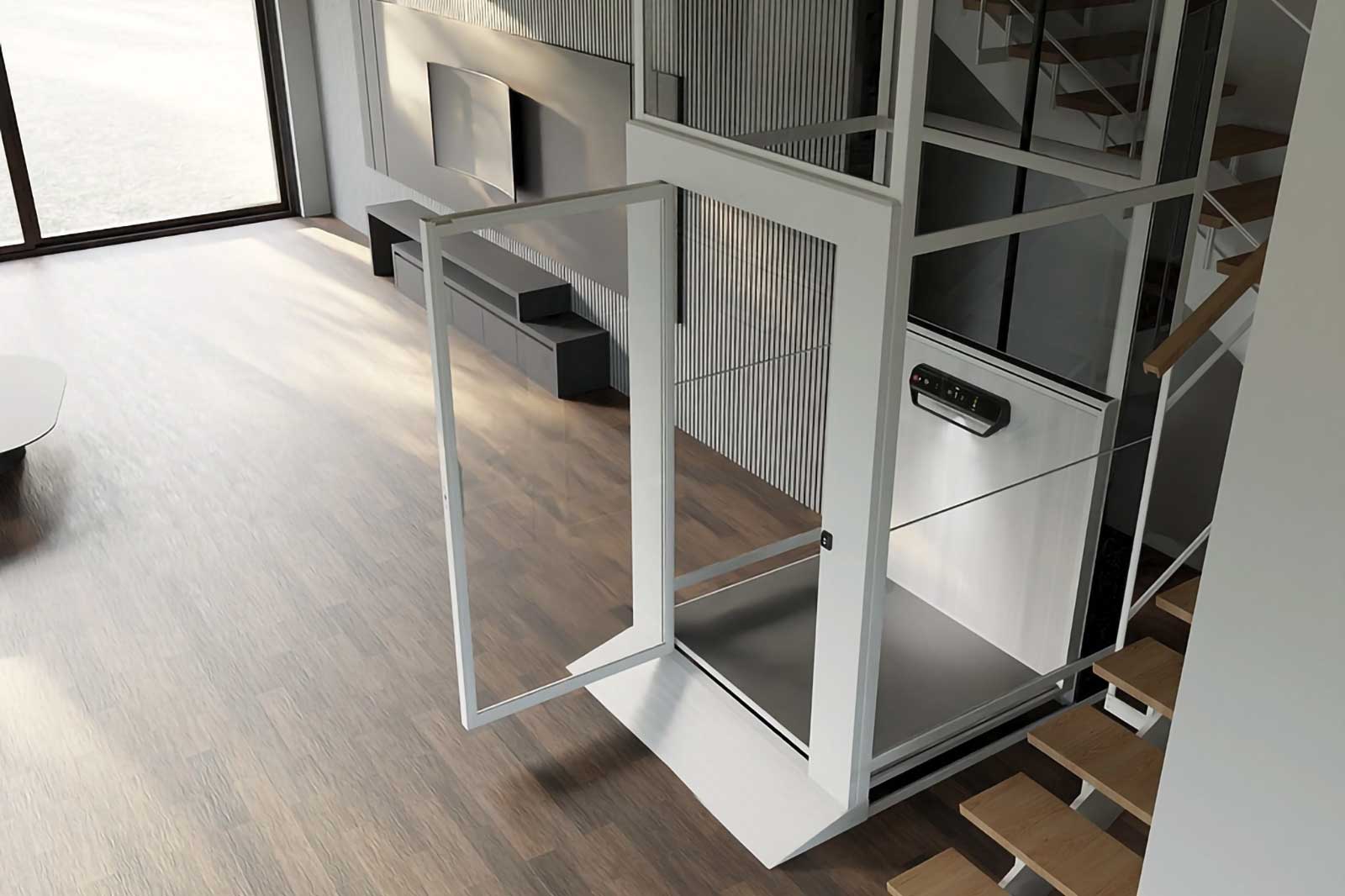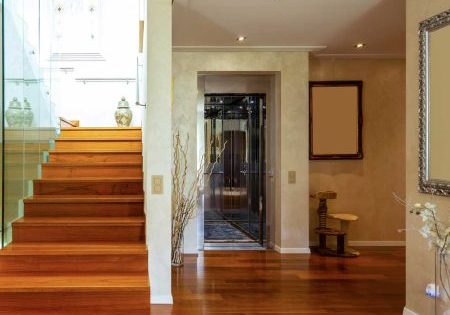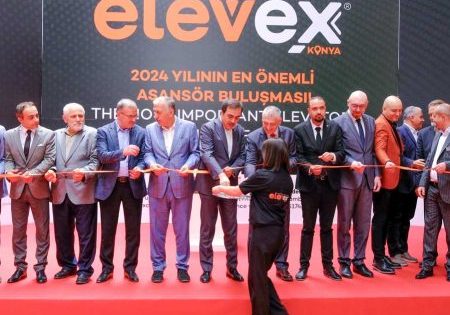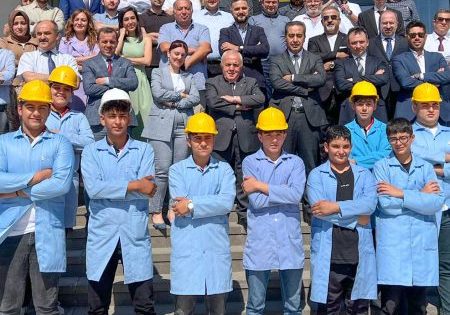Dear readers,
The topic of this issue of ELEVATOR WORLD Türkiye is home lifts. In this article, I want to draw your attention to some basic safety criteria for home lifts that we use most commonly today, which are electrically or hydraulically driven and use ropes for suspension.
First, let’s mention some requirements related to working areas: If maintenance and inspection are needed under the car and at the bottom of the shaft, mechanical stoppers and measures should be available to ensure a minimum free safety distance of 500 mm when the car is at the lowest floor during work. There should be an inspection control panel at the bottom of the shaft to move the car. If maintenance of the home lift’s drive machine will be performed from the top of the car, mechanical measures should be taken to prevent unintended car movements. If the home lift’s machine or panel is located outside the shaft, the area should be enclosed, protected against fire, and access must be possible with a key.
The velocity of the home lifts must not exceed 0.15 m/s. When calculating capacity, a load of 250 kg per 1 m2 should be considered. The car area should not exceed 2 m2, and the total capacity should not exceed 500 kg. The capacity of the home lift should be monitored by an overload device. When the capacity is exceeded by 75 kg, all normal movement of the car should be prevented, an audible and visible warning should be activated inside the car, and the door locks should be disabled. When the overload device is activated, leveling movement is only allowed in hydraulically driven units.
For a home lift with an available car area of 2 m2, a static load of 800 kg should be considered. The car and suspension system should be able to withstand 1.25 times this static load.
If the home lift is to be used in an outdoor environment, the electrical equipment should have at least an IP54 protection level.
The car of the home lift should be guided in the direction of movement, and the guiding material used should be metal.
Electrically driven home lifts should be equipped with safety gear, while hydraulically driven cabins should be equipped with a pipe rupture valve. The safety gear should be activated by an overspeed governor or a safety rope.
Electrically driven home lifts must be equipped with electro-mechanical brakes suitable for a load of 125% of the car capacity, and these brakes must meet the requirements specified in EN 81-20. Hydraulically driven home lifts must be equipped with a valve block that complies with EN 81-20. The stopping accuracy of the car should not exceed +/- 10 mm, and the leveling accuracy should not exceed +/- 20 mm.
In case of emergencies, there must be an electrical or mechanical emergency device to bring the car to the nearest floor. The process of using this device to bring the car to the nearest floor and open the door should not exceed 15 minutes. In an emergency, the speed of the car must not exceed 0.05 m/s.
The diameter of the suspension ropes must be at least 6 mm and the safety coefficient must be at least 12. The sheave and rope diameter ratio must be at least 25.
When hydraulic systems are used for traction, the hydraulic unit must comply with the conditions stated in EN 81-20 and EN 81-50.
The insulation resistance of the electrical equipment must comply with the requirements specified in EN 81-20. The main switch and car lighting must be independent of each other. The following safety switches and devices should be present in the electrical safety circuit of the home lift: safety switches that check if floor doors are closed and locked, safety rope or overspeed governor switch, safety device switch, emergency stop switch, photocell or light curtain switch, limit switches, exit door switch if applicable, traction control switch and leveling or automatic leveling switch. The electrical safety switches should comply with an IP4X protection level and be suitable for 250 V insulation voltage. If an IP4X protection level cannot be ensured, they should be suitable for 500 V insulation voltage.
A minimum clearance of 2 m should be available above the floor of the home lift. Horizontal surfaces within the well that exceed 1.5 mm should have a slope of 150.
The glass material used for the car, well, and doors must be toughened and laminated or laminated glass, with a minimum thickness of 8 mm. The thickness of the glass should increase proportionally with area, or it should have passed the pendulum test in accordance with EN 81-50 standards.
Landing doors must have been tested in accordance with EN 81-58 standards and should comply with local regulatory requirements. Landing doors must be equipped with a mechanical lock and the electrical safety contact must be activated after at least 7 mm of mechanical locking. Landing doors should be able to be opened from the landing using a triangular key compliant with EN 81-20.
Inside the car, the capacity should be expressed both in kilograms and as the number of persons. Instructions on how to use the home lift should be provided in writing, and there should be signs for an emergency alarm button and disabled accessibility.
As I mentioned before, I wanted to draw your attention to a few safety requirements regarding home lifts in this article. Stay safe.
Get more of Elevator World. Sign up for our free e-newsletter.










